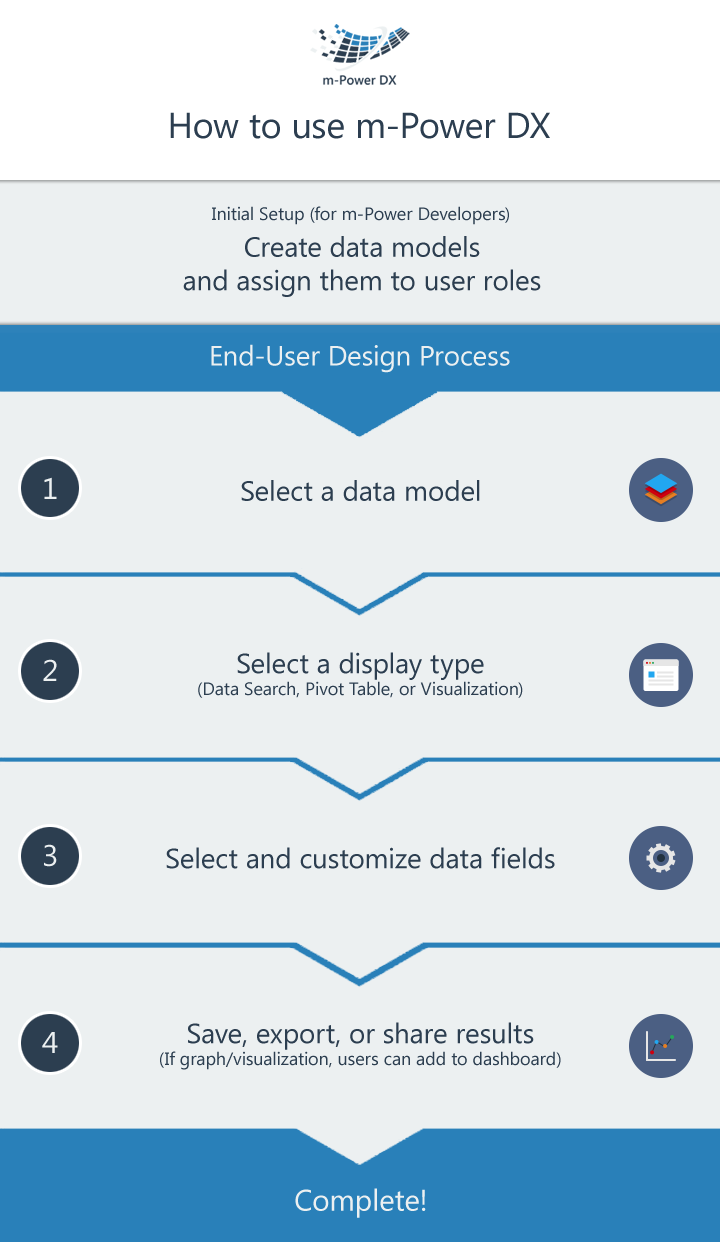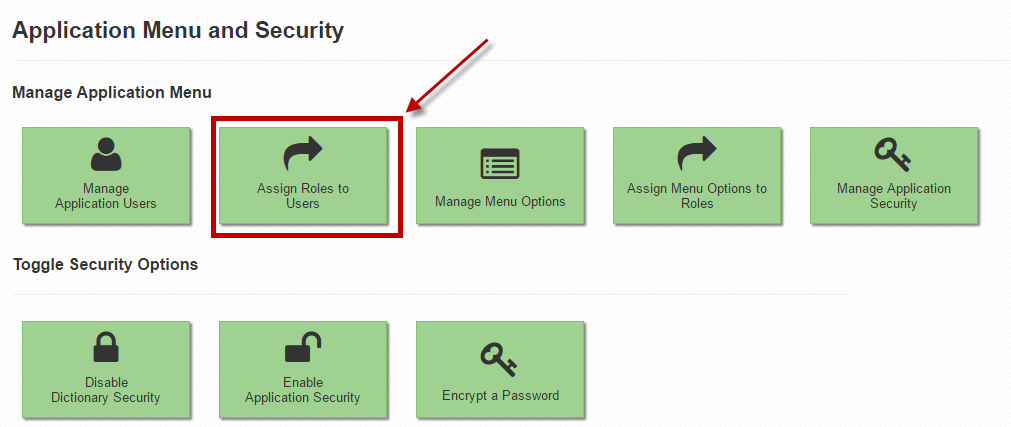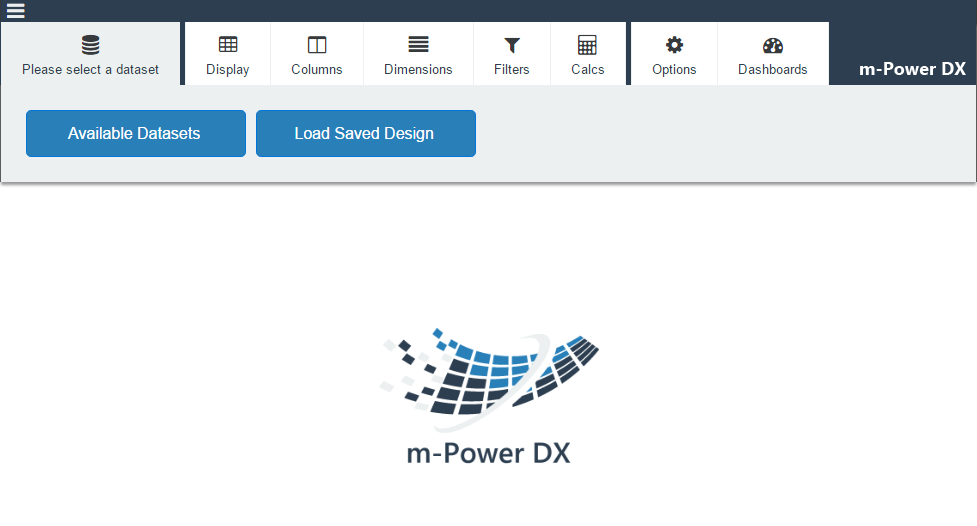This newsletter will highlight the m-Power Data Explorer, a significant component available within latest release candidate (December 2016) as well as highlight a recent m-Power feature you may have missed.
Please keep in mind that this update is a Release Candidate. While release candidates have been extensively tested by our internal staff, they have not yet been fully vetted by the m-Power user community.
Notable Enhancement Listing
The m-Power Data Explorer, or DX for short, is a self-service data exploration application for end users. This m-Power add-on is a separate, licensed product that packs a big punch in terms of ad-hoc reporting. With a simple point-and-click interface, any users can create reports, data lookups, visualizations, pivot tables, and dashboards in minutes, without needing to learn m-Power, database structure, or other technical matters. The DX allows users to fully customize their applications by choosing which columns they want to see and the order they are displayed. Users can even control dimensions/sub-totaling, run-time filters, and even calculations. In short, DX was designed to lighten developer workload on the more mundane, simple reports that users often ask for. By turning control of these reports to the end-users, the m-Power developer has more time to develop more intricate web applications.
Here is how it works: m-Power developers create a data set within m-Power. This process is much like creating a traditional application. Once the data set is created, developers assign the data set to various roles. After that, everything is in the end-user’s hands. Within the Data Explorer application, they will see a list of data sets assigned to them. From there, they will then pick the one they want to work with, choose their display choice, select and custom fields. Once they’ve completed, they can either export the results, save their design for later or, if it is a graph/visualization, they can add to a dashboard.

Click here to try demo of the Data Explorer.
Click here to watch a 5 minute overview of this feature.
Great Feature You May Have Missed
Today, the Great Feature You May Have Missed will highlight a menuing enhancement that was made in 2014 — the ability to assign a user to multiple roles on the m-Power run-time Menu.
While all new Data Dictionaries have this logic enabled, Dictionaries created before this enhancement will not support this feature by default. This documentation focuses on how to transition these older dictionaries to use this enhancement. Based on user feedback, we enhanced the run-time menuing logic to support the one-to-many relationship to allow for more flexibility when you are assigning users to roles and applications to roles. See the image below to see if you have this feature enabled. If your screen matches, you already have the ability to assign a user to multiple roles.

Note: Users interested in installing the m-Power Data Explorer are required to have the “Assign Roles to Users” feature enabled.
